- Home
- slideshows
- miscellaneous
- NASA just detected water vapor on a moon of Jupiter - yet another clue that Europa's hidden ocean could hold alien life
NASA just detected water vapor on a moon of Jupiter - yet another clue that Europa's hidden ocean could hold alien life
On Monday, NASA announced that scientists had measured water vapor on Europa for the first time.

The discovery is yet another clue that Europa could host alien life.
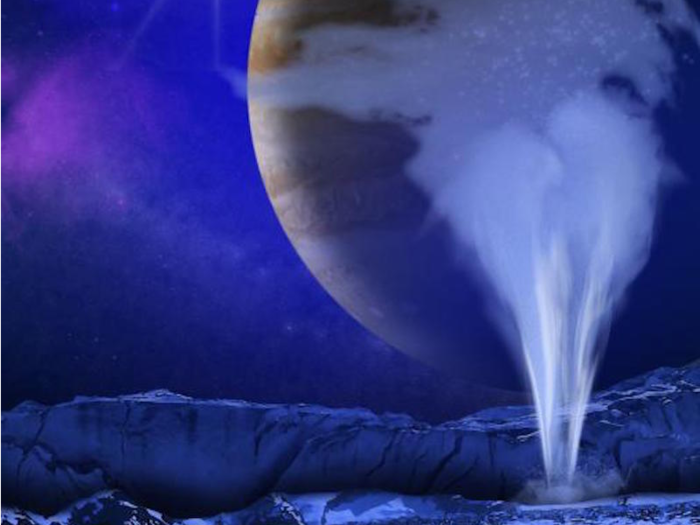
"Essential chemical elements (carbon, hydrogen, oxygen, nitrogen, phosphorus, and sulfur) and sources of energy, two of three requirements for life, are found all over the solar system. But the third — liquid water — is somewhat hard to find beyond Earth," Lucas Paganini, a NASA planetary scientist who led the research, said in a press release. "While scientists have not yet detected liquid water directly, we've found the next best thing: water in vapor form."
Scientists have long suspected that Europa conceals an ocean below its icy surface — possibly with twice the volume of Earth's oceans.
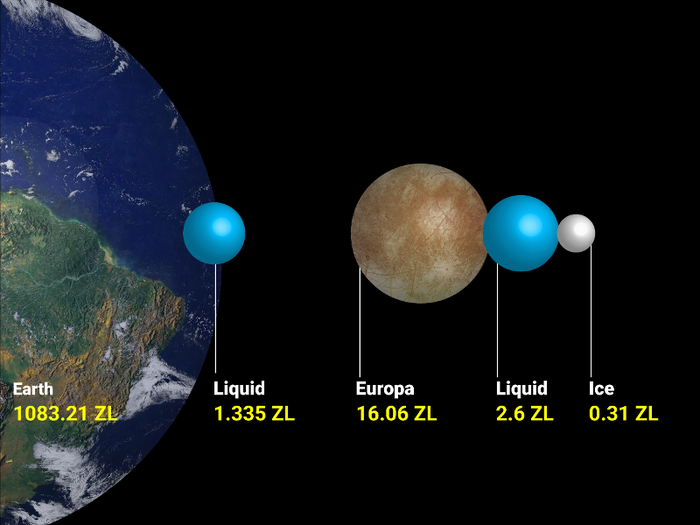
Liquid water is promising, but it's not enough. For life to arise, Europa needs two other ingredients: a few essential chemical elements, and a source of energy.
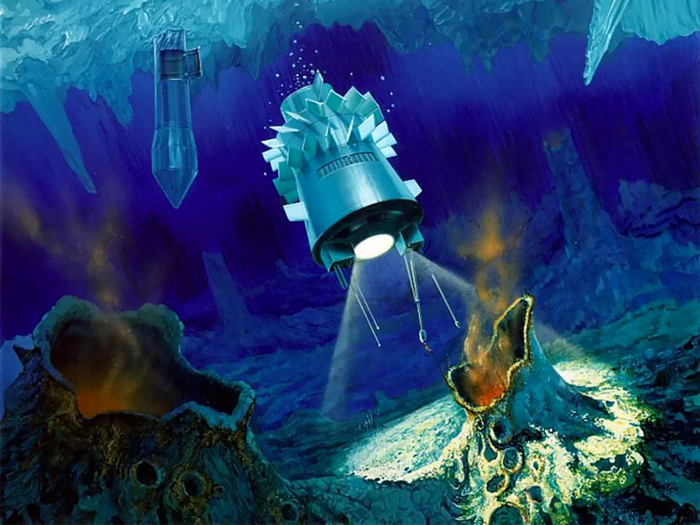
The necessary chemical compounds seem to be abundant on the icy moon: Scientists think Europa first formed with carbon, hydrogen, nitrogen, oxygen, phosphorus and sulfur.
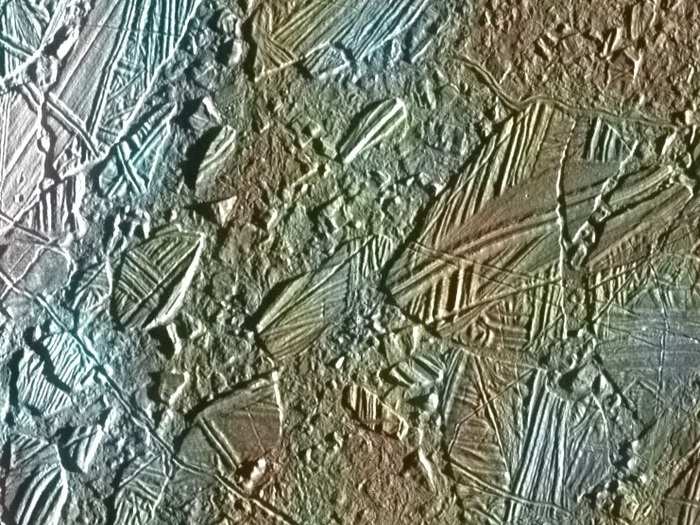
Asteroid impacts may have delivered even more life-giving elements.
In June, scientists spotted sodium chloride (also known as table salt) in Europa's icy surface, indicating that the ocean below is more like Earth's oceans than they previously thought.
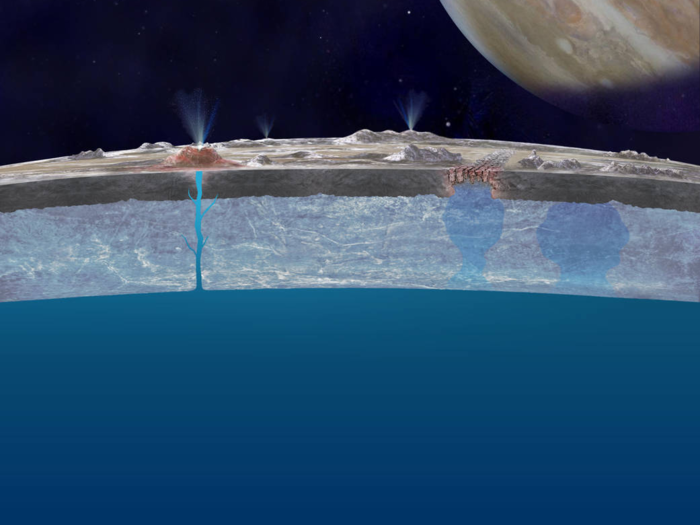
Chemical reactions between this salt and rocks on the ocean floor could create nitrogen compounds, which are crucial in the formation of life.
But there's one major problem: The sunlight that fuels life on Earth is 25 times fainter on Europa.
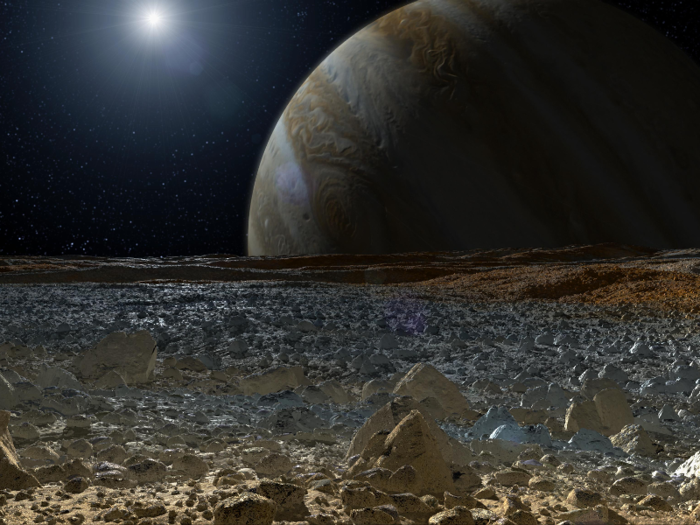
Even the most durable species on Earth, which have adapted to the most extreme conditions, would probably not survive on Europa.
But Europa's oceans may be much warmer than its surface, thanks to its oval-shaped orbit around Jupiter.
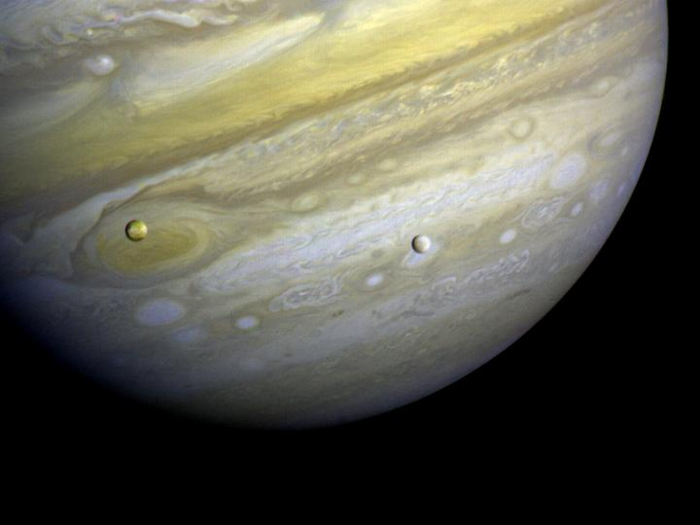
Because it's tidally locked, like our own moon, the same side of Europa is always facing Jupiter.
As Europa follows its oval-shaped orbit, its distance from Jupiter changes, so the difference between the gravitational pull on Europa's two sides regularly grows and shrinks. These changes are called tides.
These tides stretch and relax Europa, cracking its surface ice and building friction that heats the moon from the inside.
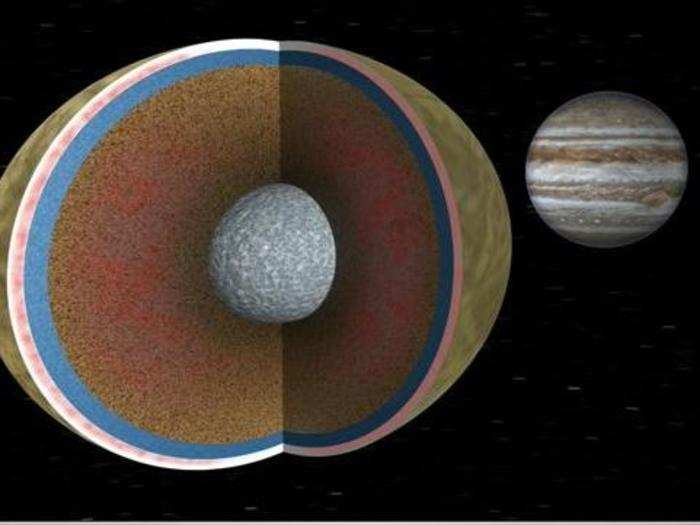
That's what keeps Europa's subsurface ocean from freezing solid.
These tides could crack Europa's mantle and give rise to deep-sea hydrothermal vents. On Earth, such vents produce intense heat that rips apart molecules and sparks chemical reactions.
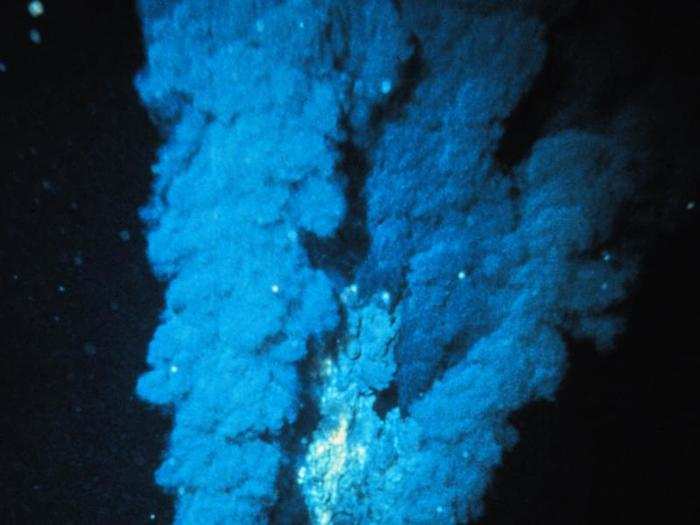
Earth's hydrothermal vents form where seawater seeps into the planet's rocky crust, meets volcanically active rock, and blasts back toward the surface.
Life on Earth crops up around these vents. These ecosystems don't need sunlight to survive.
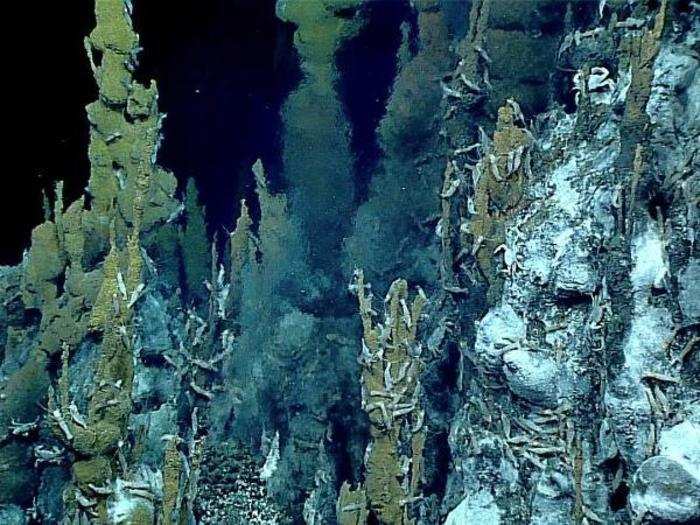
On land, food chains rely on plants to convert sunlight to sugar. But in the deep-sea food chain, microbes convert hydrogen to sugar. Rather than photosynthesis (which is fueled by light), this process of "chemosynthesis" uses chemical reactions.
Nobody knows yet if Europa has deep-sea vents, much less alien life. NASA plans to investigate these questions with its Europa Clipper mission.
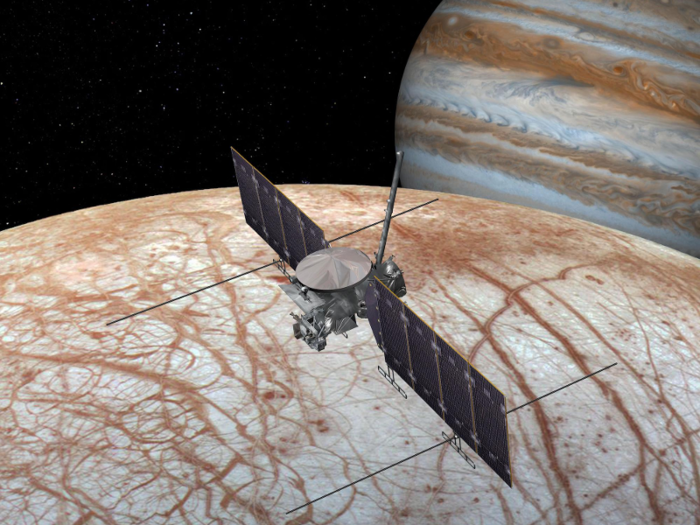
The spacecraft is slated to fly close to the icy moon 45 times. NASA plans to launch it sometime in the 2020s.
The Clipper spacecraft is expected to fly through Europa's water vapor plumes to analyze what might be in the ocean.
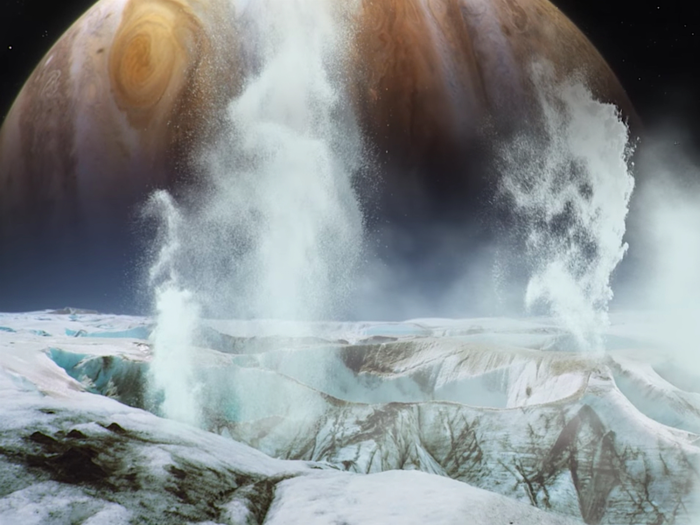
Its radar tools will also measure the thickness of the ice and scan for subsurface water as the spacecraft gets as close as 16 miles to Europa's surface.
That investigation could help scientists prepare to land a future spacecraft on Europa's surface and punch through the ice.
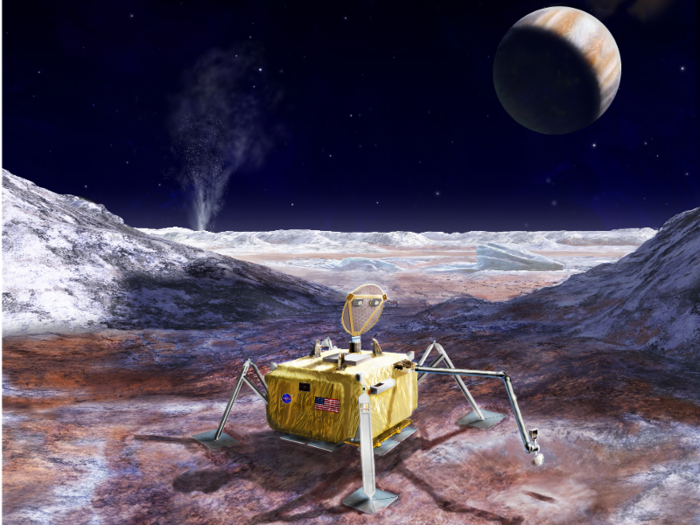
The future lander could search deep ice for signs of life in the ocean below, digging 4 inches below Europa's surface to extract samples for analysis in a mini, on-the-go laboratory.
Popular Right Now
Popular Keywords
Advertisement